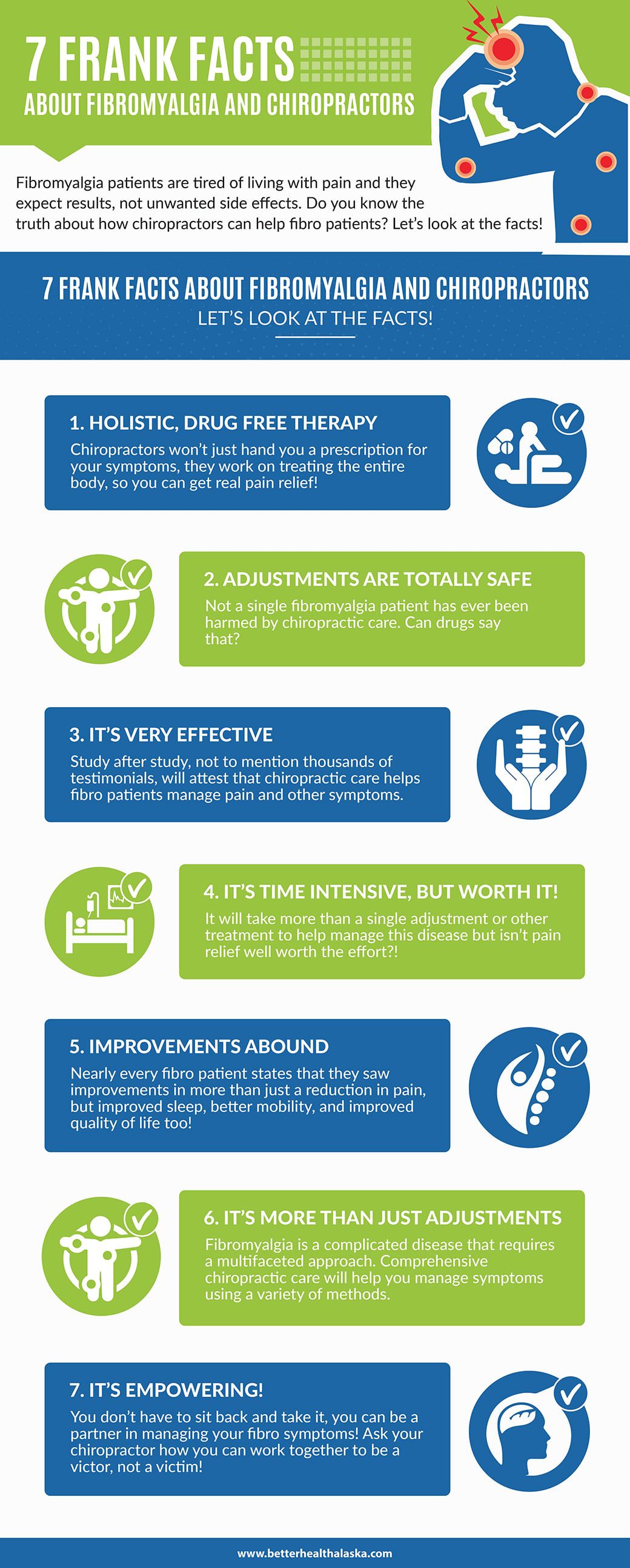The Connection Between Stance And Pain In The Back: Approaches For Preserving Appropriate Placement During The Day
The Connection Between Stance And Pain In The Back: Approaches For Preserving Appropriate Placement During The Day
Blog Article
Written By-Bush Thaysen
Preserving proper stance isn't just about staying up directly; it's about straightening your body in such a way that sustains your back and reduces the threat of neck and back pain. The method you sit, stand, and relocate throughout the day can significantly impact your spine health. Yet exactly how precisely can you make certain good positioning constantly, even during hectic days full of various tasks? Let's dig deeper into the refined yet impactful changes you can make to your daily routine to maintain your back delighted and healthy and balanced.
Significance of Proper Stance
Correct posture is critical in keeping a healthy back and stopping pain. When you rest or stand with good stance, your spine is in alignment, decreasing stress on your muscles, tendons, and joints. This alignment enables the body to distribute weight uniformly, preventing too much stress on certain areas that can cause discomfort and discomfort. By maintaining your spinal column correctly lined up, you can also improve your breathing and food digestion, as slouching can press body organs and restrict their capability.
Furthermore, keeping https://www.nj.gov/governor/news/news/562021/20210304b.shtml can boost your total look and self-esteem. When chiropractic care for babies stand tall with your shoulders back and head held high, you radiate self-confidence and show up even more friendly. Good stance can also make you really feel more invigorated and alert, as it advertises proper blood circulation and allows your muscular tissues to function effectively.
Including proper pose right into your day-to-day routine, whether resting at a desk, strolling, or exercising, is crucial for stopping pain in the back and advertising overall well-being. Keep in mind, a little modification in exactly how you hold yourself can make a substantial distinction in exactly how you feel and function throughout the day.
Common Postural Mistakes
When it concerns keeping excellent position, many people unconsciously make common mistakes that can add to pain in the back and discomfort. Among one of the most prevalent mistakes is slumping over or stooping over while sitting or standing. This setting places excessive pressure on the spine and can cause muscular tissue imbalances and discomfort over time.
An additional typical mistake is overarching the lower back, which can squash the natural contour of the back and cause pain. In addition, crossing legs while sitting may feel comfortable, but it can create a discrepancy in the hips and hips, leading to postural problems.
Utilizing a cushion that's too soft or also strong while sleeping can likewise influence your alignment and add to back pain. Finally, constantly craning your neck to check out displays or adjusting your position frequently can stress the neck and shoulders. Being mindful of these typical postural mistakes can assist you maintain far better positioning and minimize the threat of pain in the back.
Tips for Correcting Positioning
To improve your alignment and reduce pain in the back, it's essential to concentrate on making small modifications throughout your day-to-day routine. Start by being mindful of your position. When resting, ensure your feet are level on the floor, your back is straight, and your shoulders are kicked back. Stay clear of slouching or leaning to one side. Usage ergonomic chairs or pillows to sustain your lower back.
When standing, distribute your weight equally on both feet, keep your knees somewhat curved, and tuck in your pelvis. Engage your core muscles to support your spinal column. Take breaks to extend and walk if you have a sedentary task. Integrate exercises that reinforce your core and back muscles, such as planks or bridges.
While sleeping, utilize a cushion that supports the all-natural curve of your neck to preserve proper spine alignment. Avoid sleeping on your stomach, as it can stress your neck and back. By being mindful of these suggestions and making small changes, you can gradually fix your placement and minimize neck and back pain.
Verdict
Remember, keeping great pose is key to stop neck and back pain and advertising back health. By being mindful of your placement, dispersing weight equally, and engaging your core muscles, you can minimize pressure on your back and minimize the threat of discomfort and injury. Include ergonomic support, take regular breaks to extend, and enhance your core and back muscular tissues to maintain proper placement throughout the day. Your back will thank you for it!
